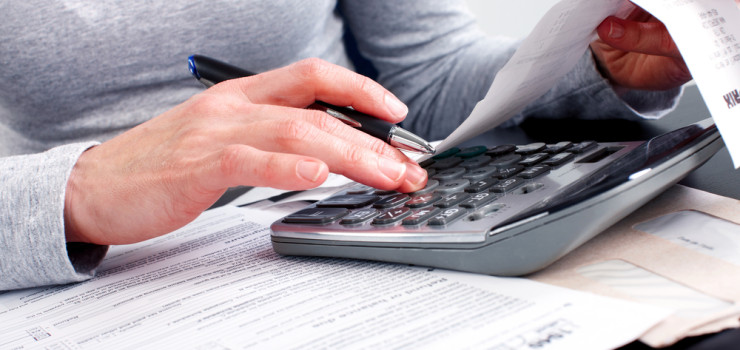We always recommend that our clients are able to read, understand and interpret their financial reports. It’s now time to examine what is probably the most important of these to understand, the Profit & Loss statement, and also look at how it relates to the balance sheet. The Profit & Loss statement is sometimes referred to as the ‘income statement, or ‘statement of financial performance’ and indicates how the revenue or income received from the sale of products and services are transformed into net profit during a period of time, usually monthly, quarterly or yearly.
The income statement follows a general form. It displays the revenues as well as various business costs and expenses incurred during the same period, against these revenues. It begins with an entry for sales and then from this the cost of goods sold including inventory purchases and freight-in costs are subtracted, leaving a figure for the gross profit. Other operating revenue earned, besides sales, such as rent or commissions are added giving a total revenue figure. Then from this total revenue amount all the other operating expenses, broadly divided into three groups, selling and distribution, general and administrative and also financial, are deducted. Selling expenses include advertising, website marketing and sales commissions. The administrative expenses include items such as depreciation, electricity, rent, wages and insurance and the financial expenses are things like bank fees and bad debts. These are all totalled and then deducted from the total revenue amount to provide a net profit figure, which will also appear in the equity category of the balance sheet as current year earnings.
The income statement reports a company’s ‘financial performance’ while the balance sheet reports its ‘financial well being’. One proceeds from the other as a company’s financial performance regulates its well being. It’s also important to understand that a Profit & Loss statement is a report for a period of time, unlike the balance sheet, which is a snapshot, showing what is ‘owned and owed’ by the business, at a specific point in time. Generally, the amount of the owner’s equity will have changed from the previous balance sheet amount due to the company’s net income, the owner’s additional investments in the business, or the owner’s withdrawals of business assets. If the owner did not invest or withdraw, the change in owner’s equity is likely to be the amount of net income earned by the business, and the revenues and expenses that make up that net income are reported on the Profit & Loss statement.
The purpose of the Profit & Loss statement is to show managers, owners and investors how much net profit (or loss) the business made over that period. It can be used to develop sales targets, set sales prices for goods and services and identify cost blow outs. It’s wise to compare Profit & Loss statement s from different accounting periods, as the changes in revenues, operating costs and net earnings over time are more meaningful than the numbers themselves. For example, a company’s revenues may be growing, but its expenses might be growing at twice the rate.

